Continuing to Decode the Secrets of Photography
Equipment
Continuing our look at the Cycle of Photography as the decoder ring, we get to your camera and equipment. it can be confusing, but I’m going to help you demystify it. An important key is something Bob Holmes has spoken about: you need to learn to see as your camera sees. Our cameras don’t have as much of a dynamic range as our eyes. But how can we know what our cameras see? Here are some action items to learn how to see as your camera sees:
- Go and photograph a scene.
- Take careful note of how it looks to your eyes.
- Now look at it on a computer and compare.
- Repeat as often as you need to see how your camera sees in different conditions.
Capture
The next stage in the Cycle of Photography is Capture. Now that means a blending of your vision with using your camera. One part of capture is composition. Here are some tips to help you get started on composition.
- Don’t get hung up in the “rules” of composition.
- Train your eye.
- Use your skills of visualization.
- There are guides that can help you compose, not “rules” or inflexible laws, tools that you can choose to use or not.
Another aspect is lighting, which can be very confusing. You have to learn to observe, and that means to be able to notice things especially significant or worthy of detail. You walk into a room, and you find the source of light? If you have a fluorescent light up ahead of overhead, maybe you want to turn it off because it’s going to put green and other weird colors into your image that you may not like.
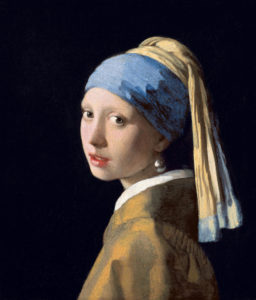
Vermeer’s Girl with a Pearl Earring from Rijksmuseum.
One way to learn how to observe light is to look at classical painters. Take Vermeer’s The Girl with the Pearl Earring. He used one light source coming through a north facing window. Rembrandt is another one. Our friend Fletch Murray did a reenactment of Rembrandt as a photograph, as you can see. The more of these tools you have at your disposal, the more you can capture the kind of image that you really want.
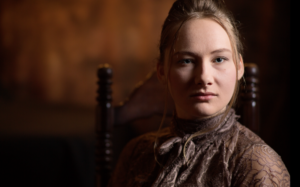
A photo from Fletcher Murray recreating Rembrandt lighting.
Processing
The next stage of our decoder ring is Processing. You want to have a really good processing rhythm. You want to know when you go into your processing software what you’re working with. What sliders do you need to use? One of our past guests, Richard Rodin, a photoshop expert, said that he only uses about 10% or 15% of it. But he really knows those tools. He knows all the other ones, but he’s only on a daily basis ever using about 10% or 15%. And it’s the same thing with every software platform. You can easily get thrown off and confused by the number of choices and sliders, but in actual fact, you need to know a handful really well.
Sharing
And then finally sharing your work, you came to the final stage. This is what’s really satisfying, getting your work out to the world, sharing your work with others. What are the options that you have? In today’s world you have a lot of options, but don’t get stuck on social media as the only way to share your work. There’s so many other ways that you should be aware of. Putting your prints on the wall, getting exhibits, printing books, cards, calendars. There’s all sorts of ways to get your work out to the world.
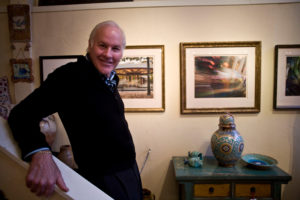
Sharing my work in a gallery.
So be sure to follow us as we continue to dive deeper into this Cycle of Photography and help you decode photography so you can continue to improve your work.
Watch the live stream based on this blog here.
Be sure to keep an eye on our blog as we will be coming out with more content to help you understand the Decoder Ring of the Cycle of Photography.

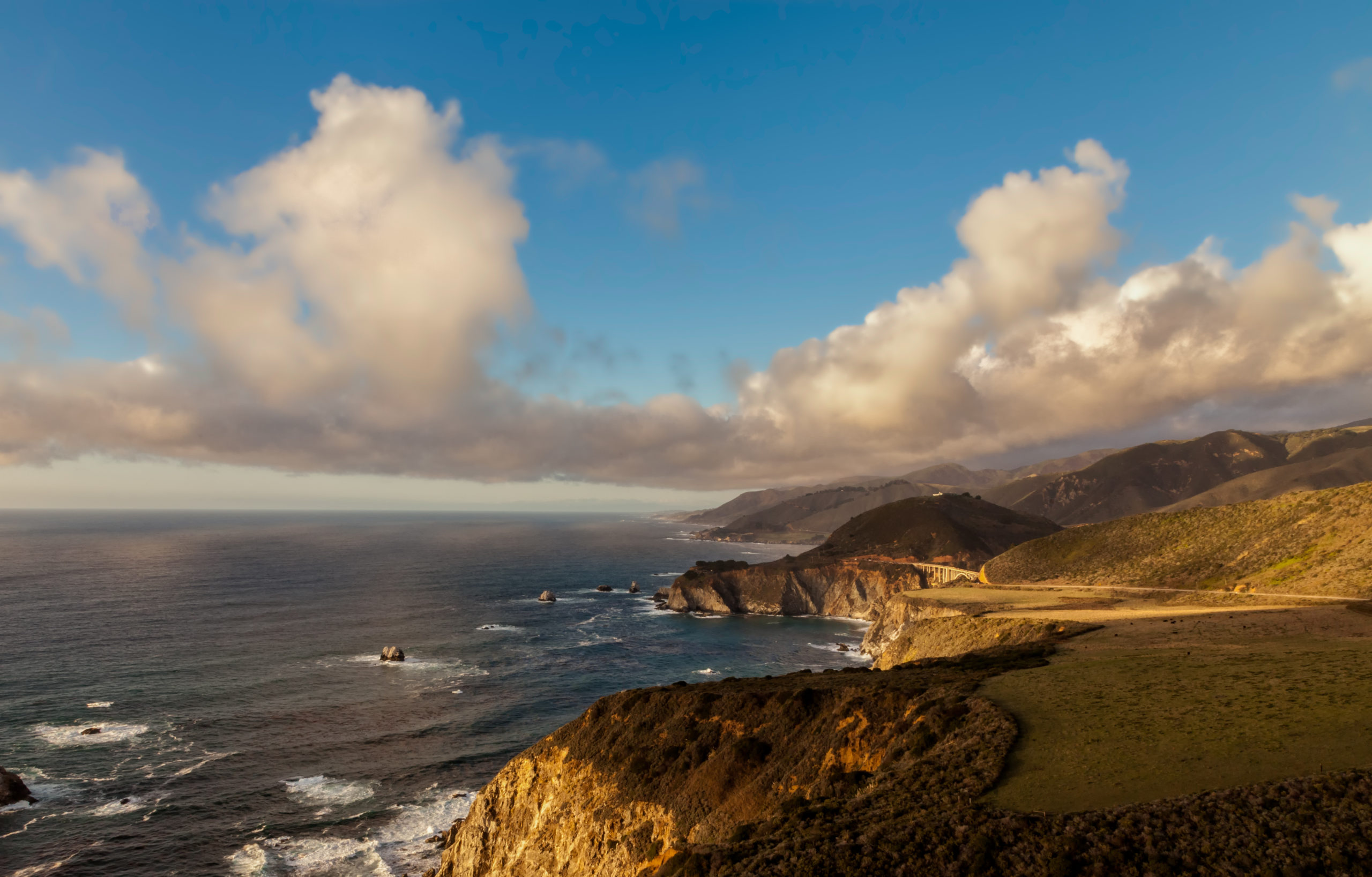
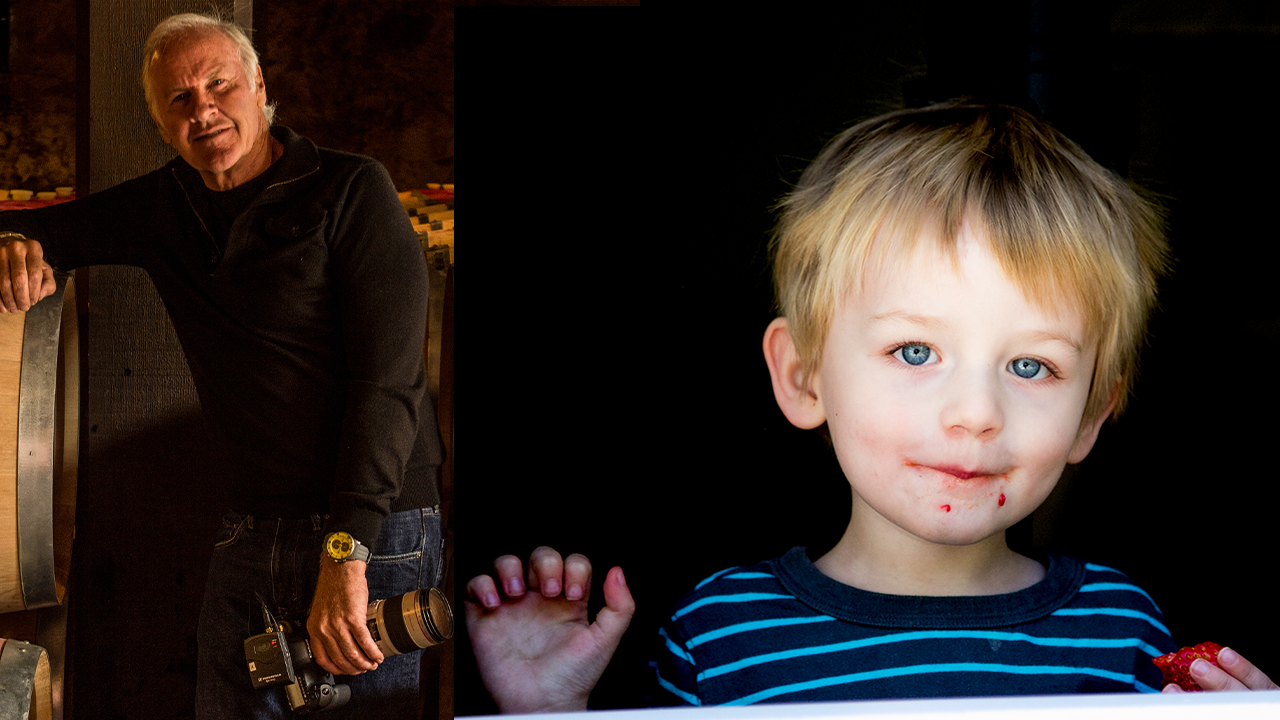
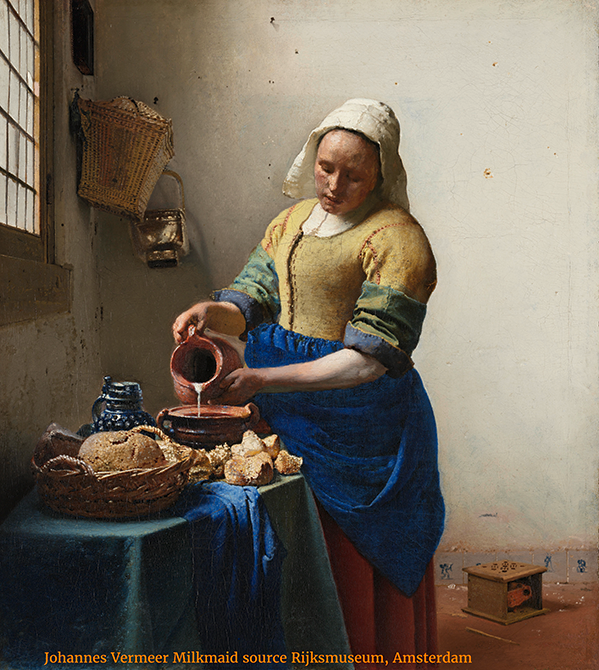
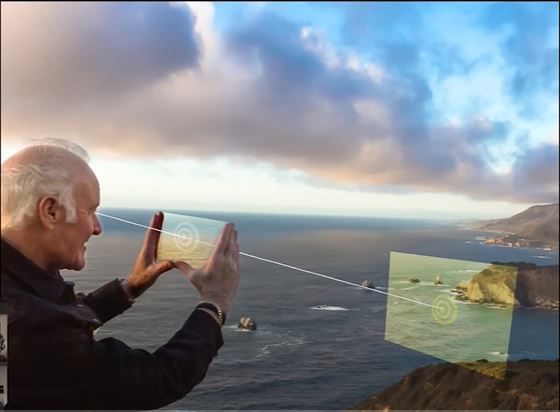

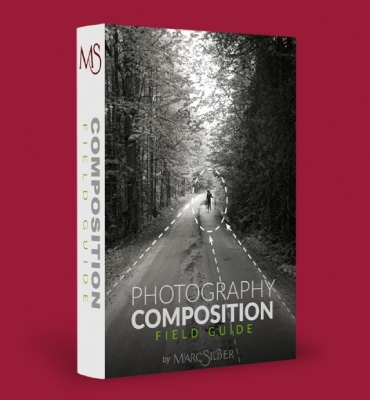
Leave A Comment
You must be logged in to post a comment.